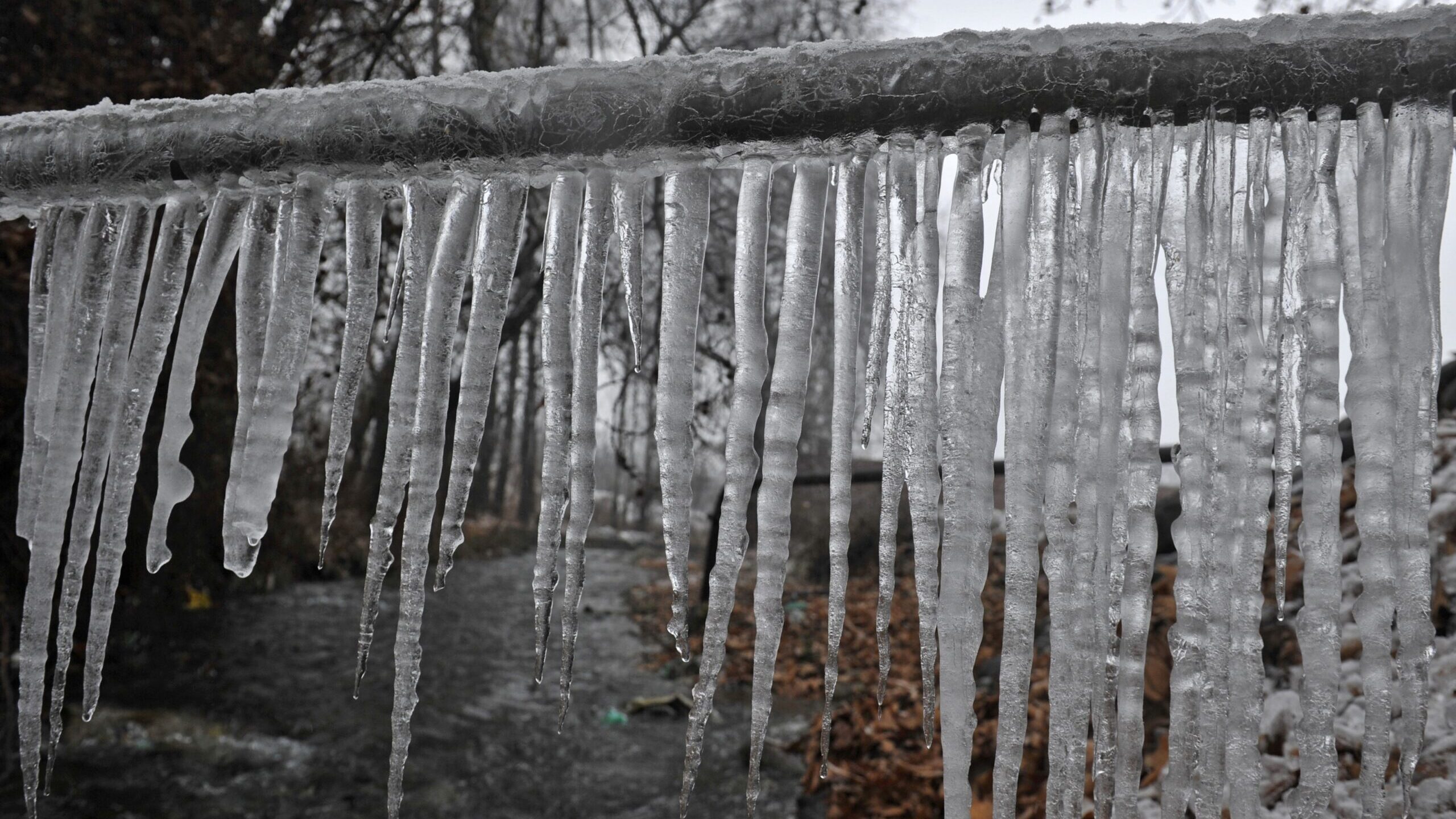Avoiding Frozen Plumbing in Cold Weather: Pro Advice
Avoiding Frozen Plumbing in Cold Weather: Pro Advice
Blog Article
Just about every person maintains his or her own opinion about How to prepare your home plumbing for winter weather.

Cold weather can wreak havoc on your pipes, especially by freezing pipelines. Here's exactly how to stop it from occurring and what to do if it does.
Introduction
As temperatures decline, the risk of icy pipelines boosts, possibly resulting in costly repair services and water damages. Recognizing just how to prevent icy pipes is important for property owners in cold environments.
Avoidance Tips
Protecting prone pipes
Wrap pipes in insulation sleeves or make use of warmth tape to secure them from freezing temperature levels. Focus on pipelines in unheated or outside locations of the home.
Heating techniques
Keep indoor areas properly heated up, specifically locations with pipes. Open closet doors to enable warm air to flow around pipes under sinks.
How to determine icy pipes
Try to find reduced water flow from taps, uncommon odors or noises from pipes, and noticeable frost on exposed pipelines.
Long-Term Solutions
Structural changes
Consider rerouting pipelines away from exterior walls or unheated locations. Include extra insulation to attic rooms, basements, and crawl spaces.
Upgrading insulation
Invest in high-grade insulation for pipes, attic rooms, and walls. Proper insulation aids maintain consistent temperature levels and minimizes the threat of icy pipelines.
Shielding Outside Pipes
Garden hoses and outdoor taps
Detach and drain pipes yard hoses before winter months. Mount frost-proof faucets or cover exterior faucets with insulated caps.
Recognizing Frozen Pipelines
What causes pipes to freeze?
Pipelines freeze when subjected to temperature levels listed below 32 ° F (0 ° C) for prolonged durations. As water inside the pipelines freezes, it increases, putting pressure on the pipe walls and potentially triggering them to break.
Risks and problems
Frozen pipes can cause water supply interruptions, property damage, and costly repair services. Burst pipes can flooding homes and cause extensive structural damages.
Indicators of Frozen Piping
Identifying icy pipelines early can stop them from breaking.
What to Do If Your Pipelines Freeze
Immediate actions to take
If you suspect icy pipelines, keep taps open to alleviate pressure as the ice melts. Make use of a hairdryer or towels taken in hot water to thaw pipes slowly.
Verdict
Avoiding frozen pipes calls for positive steps and fast actions. By understanding the reasons, indications, and preventive measures, house owners can safeguard their plumbing during cold weather.
5 Ways to Prevent Frozen Pipes
Drain Outdoor Faucets and Disconnect Hoses
First, close the shut-off valve that controls the flow of water in the pipe to your outdoor faucet. Then, head outside to disconnect and drain your hose and open the outdoor faucet to allow the water to completely drain out of the line. Turn off the faucet when done. Finally, head back to the shut-off valve and drain the remaining water inside the pipe into a bucket or container. Additionally, if you have a home irrigation system, you should consider hiring an expert to clear the system of water each year.
Insulate Pipes
One of the best and most cost-effective methods for preventing frozen water pipes is to wrap your pipes with insulation. This is especially important for areas in your home that aren’t exposed to heat, such as an attic. We suggest using foam sleeves, which can typically be found at your local hardware store.
Keep Heat Running at 65
Your pipes are located inside your walls, and the temperature there is much colder than the rest of the house. To prevent your pipes from freezing, The Insurance Information Institute suggests that you keep your home heated to at least 65 degrees, even when traveling. You may want to invest in smart devices that can keep an eye on the temperature in your home while you’re away.
Leave Water Dripping
Moving water — even a small trickle — can prevent ice from forming inside your pipes. When freezing temps are imminent, start a drip of water from all faucets that serve exposed pipes. Leaving a few faucets running will also help relieve pressure inside the pipes and help prevent a rupture if the water inside freezes.
Open Cupboard Doors
Warm your kitchen and bathroom pipes by opening cupboards and vanities. You should also leave your interior doors ajar to help warm air circulate evenly throughout your home.

I stumbled upon that piece of writing on How to Prevent Your Pipes From Freezing when browsing on the web. In case you enjoyed our page kindly don't forget to share it. We thank you for your readership.
Instant Quote Report this page